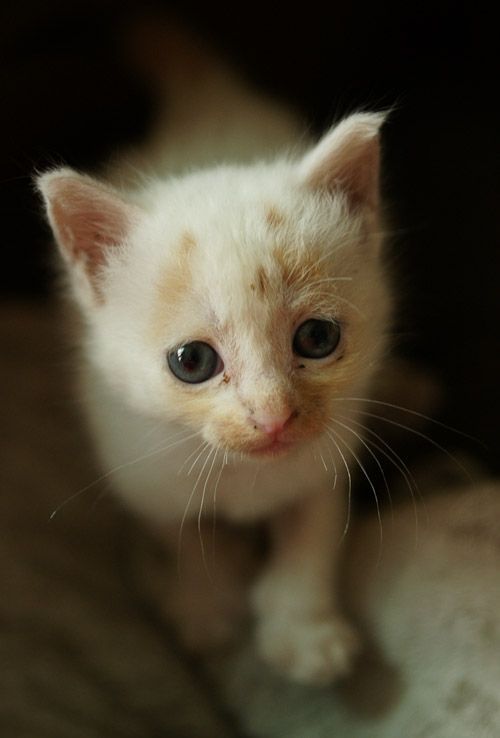|
|
Little Kitten Found On The Street
|
Circulation
Circulation, or less broadly, transportation, is perhaps a street's most visible use, and certainly among the most important. The unrestricted movement of people and goods within a city is essential to its commerce and vitality, and streets provide the physical space for this activity.
In the interest of order and efficiency, an effort may be made to segregate different types of traffic. This is usually done by carving a road through the middle for motorists, reserving pavements on either side for pedestrians; other arrangements allow for streetcars, trolleys, and even wastewater and rainfall runoff ditches (common in Japan and India). In the mid-20th century, as the automobile threatened to overwhelm city streets with pollution and ghastly accidents, many urban theorists came to see this segregation as not only helpful but necessary in order to maintain mobility. Le Corbusier, for one, perceived an ever-stricter segregation of traffic as an essential affirmation of social order — a desirable, and ultimately inevitable, expression of modernity. To this end, proposals were advanced to build "vertical streets" where road vehicles, pedestrians, and trains would each occupy their own levels. Such an arrangement, it was said, would allow for even denser development in the future.
These plans were never implemented comprehensively, a fact which today's urban theorists regard as fortunate for vitality and diversity. Rather, vertical segregation is applied on a piecemeal basis, as in sewers, utility poles, depressed highways, elevated railways, common utility ducts, the extensive complex of underground malls surrounding Tokyo Station and the Ōtemachi subway station, the elevated pedestrian skyway networks of Minneapolis and Calgary, the underground cities of Atlanta and Montreal, and the multilevel streets in Chicago.
|
|









